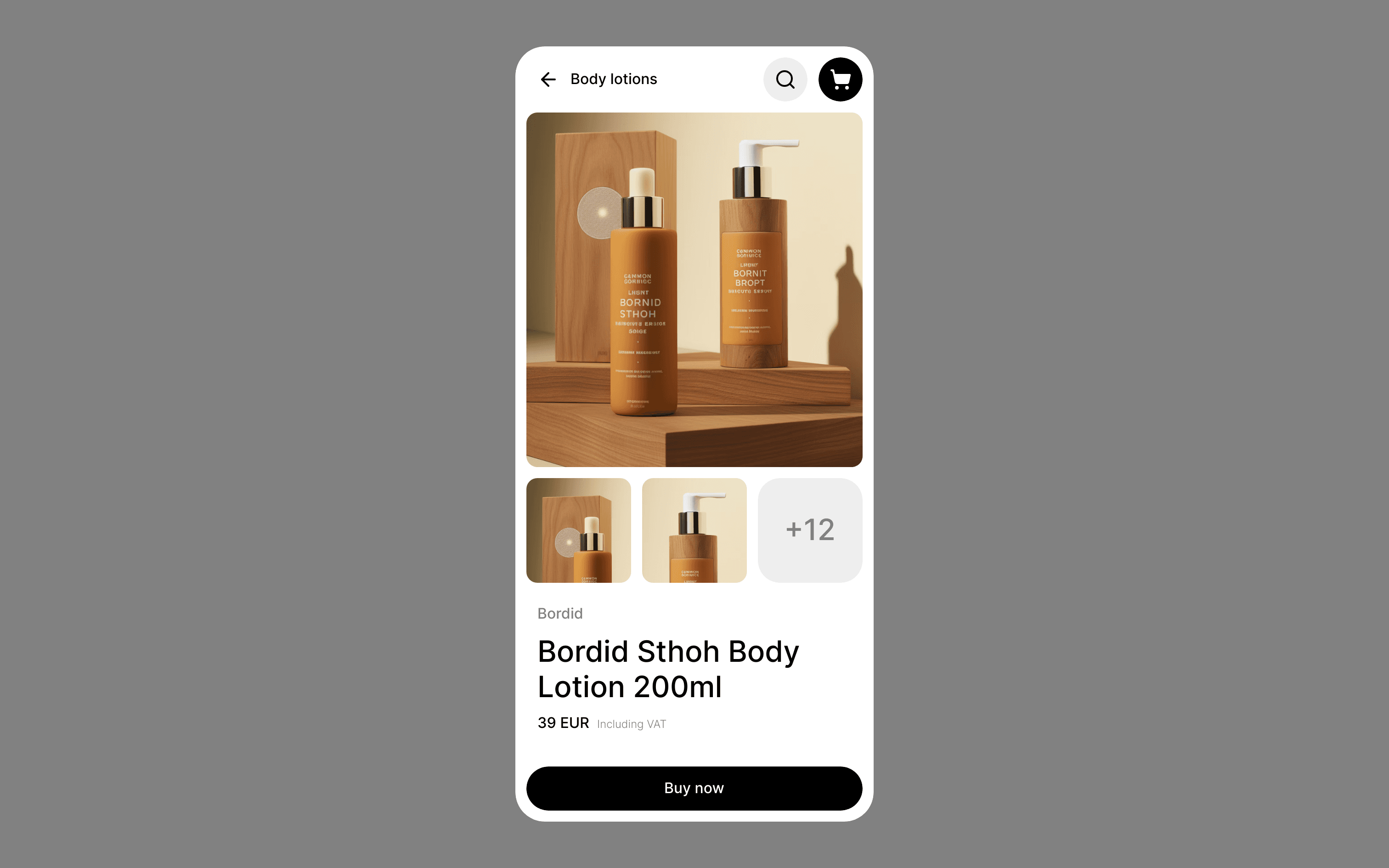Build Design Systems With Penpot Components
Penpot's new component system for building scalable design systems, emphasizing designer-developer collaboration.

Tuts+ Web Design | Joanna Ngai
Here are a three simple accessibility tips to keep in mind so you can create more inclusive and user friendly designs. But inclusive how? According to WebAIM, the major categories of disability types are:
We should all be designing with these accessibility challenges in mind.
The alt attribute is familiar to anyone who’s ever found themselves coding an <img> tag. It provides an alternative, textual definition of the image content. Screen readers typically find that alt text falls into one of two extremes: either it provides an overload of information or it’s nonexistent (neither being useful).
Remember to use meaningful and succinct text to help those that are vision impaired navigate through your site. Then while you’re at it:
10 Jun 2013
Color shouldn’t be the only visual tool you use to convey meaning. Use shape, weight, or some other visual indicator in addition
to color to differentiate between elements.
Consider viewing a page in greyscale and using color contrast checkers to improve overall accessibility.
15 Nov 2016
I remember my time at design school and being overly focused on how things look and feel. Thin, light weight fonts may be easy for younger eyes, but it is important to consider the full range of users and how their vision capabilities differ.
Optimize your font weight and size to be more functional for the end user, rather than focusing on aesthetics.
08 May 2013
There’s so much more to learn about accessibility. The tips listed above are a great start to get you thinking in an accessible way–for your next step take a look at the resources below:
AI-driven updates, curated by humans and hand-edited for the Prototypr community